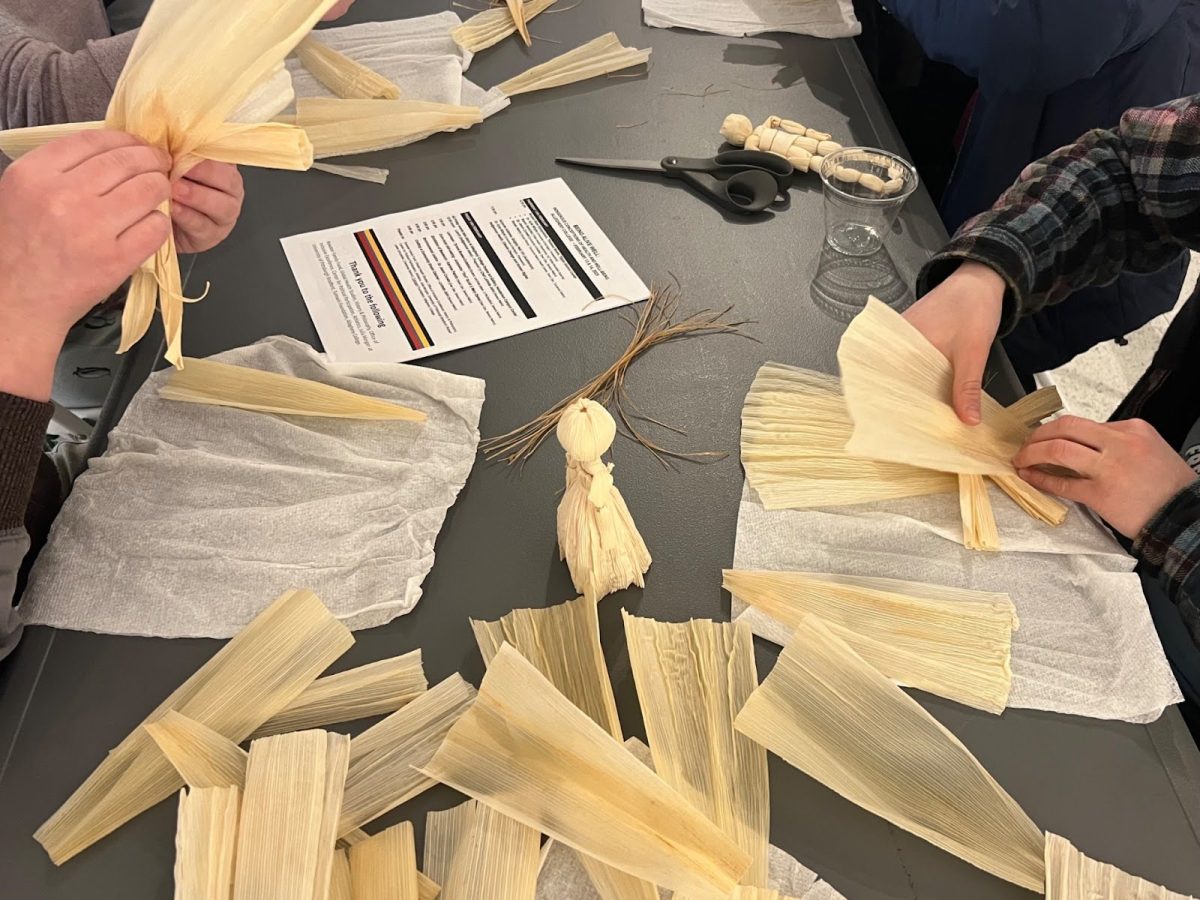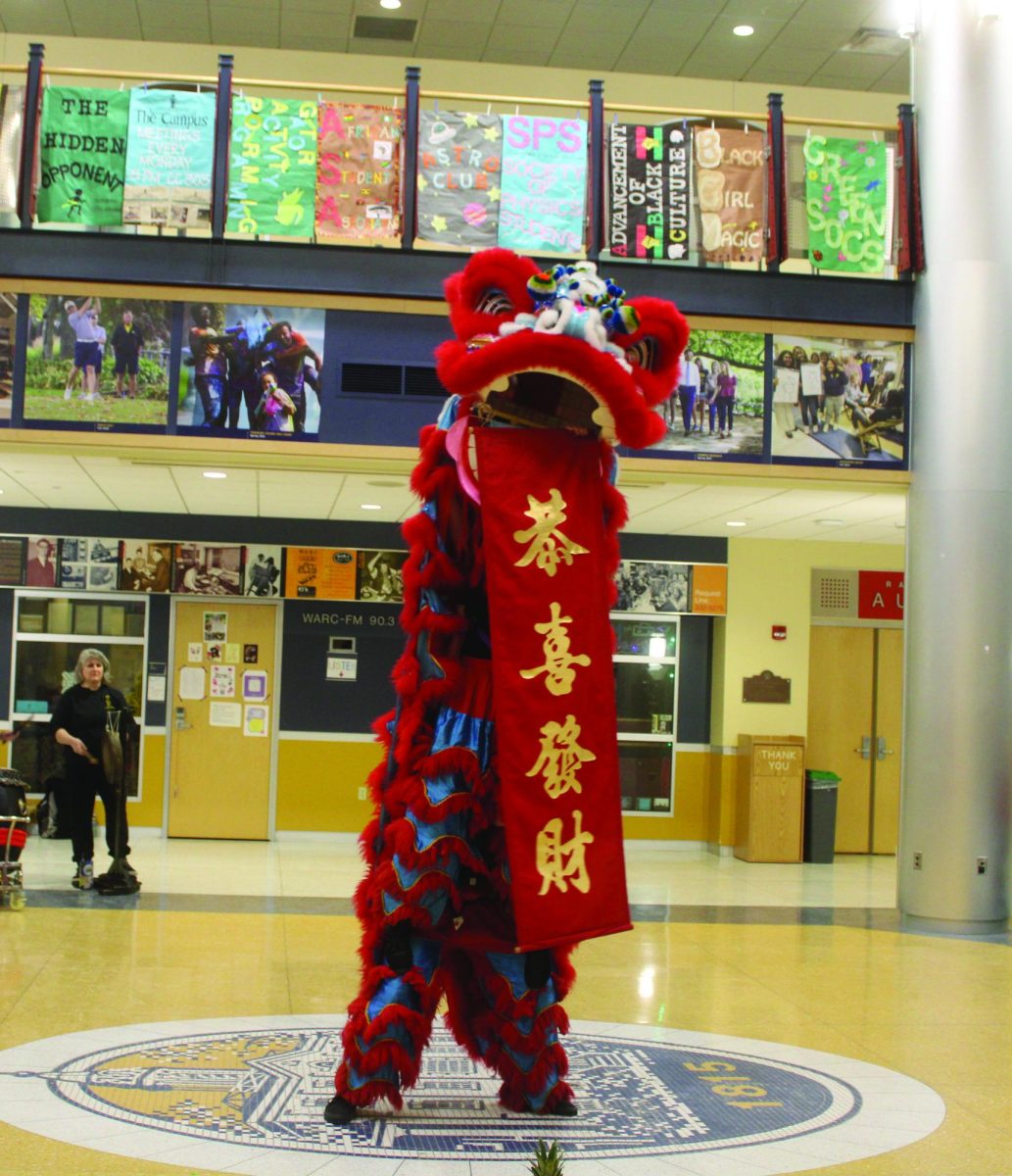It started last summer with a game called “Crossing the Line.”
Kim Langin, ’13, played it when she participated in Allegheny’s Summer Leadership Program. The game kicked off with the reading of a simple statement, such as “I am dyslexic.” All participants who identified with the statement stepped forward to cross a line drawn on the ground.
“You would never have guessed that half of the people who stepped forward for each statement classified themselves as having a disability,” said Langin, who identifies herself as having Chiari Malformation Type 1. “The game became more and more powerful as the statements continued.”
It was this game, and Langin’s realization of the huge number of students living with disabilities, that inspired her to form the Disabilities, Diseases, Disorders and Awareness Club (DnA) at Allegheny.
Originally the club was called Disabilities and Abilities, but Langin decided to broaden the name to encompass a wider variety of people.
DnA Vice President Kelly Smith, ’13, explained that the club found it difficult to specify one all-inclusive definition for the word ‘disabled.’
“When someone thinks of a disability, they think of it as a disorder that greatly inhibits life,” said Smith. “Disabilities come in varying degrees. The milder ones need to be addressed as well.”
The club also welcomes students without disabilities, like Kyle Kruse, ’13, the group’s treasurer. Kruse said he feels that DnA has made him more receptive.
According to Allegheny’s Disabilities Coordinator John Mangine, disabilities affected 7 to 8 percent of Allegheny’s population as of last year. These statistics were determined from the College’s annual disabilities profile of incoming students.
“If a disability problem comes up, the school seems to push it aside,” said Langin. “We realized we needed some sort of organization on campus where students can gain access to support, along with awareness, of disorders.”
The club’s monthly “Did You Know?” campaign aims to heighten awareness of the disabilities present on campus.
“We take one week out of each month associated with a disability and acknowledge specific statistics,” Langin said. “The statistics are placed on fliers and hung up around campus, making students more aware of what is affecting their peers.”
The members of DnA will also have the opportunity to teach an art class at the ARC, Meadville’s downtown center for autistic and special-needs children.
“We decided as a group we wanted to get involved with art therapy,” Smith said. “This is a way for kids on campus to get involved with the community.”
Activities such as these will simultaneously aid people with disabilities and help to bring the members of the growing DnA together as an organization.
But according to Smith, DnA’s goal to increase disability awareness may be an issue in itself.
“A lot of students are afraid to disclose that they have a disorder,” Smith said.
The college and DnA both strive to keep students’ personal information confidential.
“Before students come here, two disability disclosure forms are mailed [to them],” said Langin. “When a student discloses a disability, they receive an information packet in the mail.”
DnA is working to make students feel more comfortable, whether or not they even require special needs.






